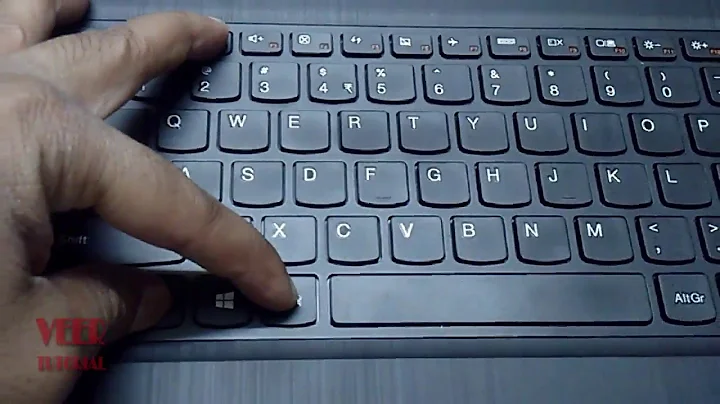How to send F9-F12 to curses program running inside Terminal.app?
Solution 1
fn-Cmd-F9 works as F9 in the Terminal.app on my MacBook Pro, running Mountain Lion 10.8.
Solution 2
You can run an AppleScript (e.g. by wrapping it in a Service in Automator with the Run AppleScript action, with no input in Terminal) that executes the following:
tell application "System Events"
tell expose preferences to set the properties of the all windows shortcut to {function key:F1}
key code 101 # press F9
tell expose preferences to set the properties of the all windows shortcut to {function key:F9}
end tell
This will temporarily assign a different shortcut to what's bound to F9, press F9, and revert the setting. The setting names are the following for the other Expose preferences:
all windows shortcut
application windows shortcut
show desktop shortcut
dashboard shortcut
The key codes for F9 to F12 are the following:
F9 101
F10 109
F11 103
F12 111
You can assign keyboard shortcuts to services in System Preferences » Keyboard » Keyboard Shortcuts » Services You will need to learn another shortcut (e.g. Command-F9), but at least you can press a key to initiate the action. For shortcuts using F-keys, see the last paragraph in this answer.
You can alternatively configure a hotkey/macro application like Butler to press the escape sequence you get from cat -v when pressing one of the F-keys while you deactivated the shortcuts.
$ cat -v
^[[20~^[[21~^[[23~^[[24~
These are F9 to F12, in order.
In Butler, it looks like this for F9:

I pressed Ctrl-[, [, 2, 0, ~ for that sequence. On my keyboard layout, ~ is Shift-backtick, that's why the Shift modifier is visible. Works anyway.
Configure a shortcut and you can start pressing that to get the escape sequence:

Works in mc, and I don't recall another CLI program with F-keys at the moment. But it's not the mc specific escape sequence, so it will probably work in others.
Alternatively, many command line applications understand Esc, 1 (sequence) to mean F1, through to Esc, 0 meaning F10.
Solution 3
You can disable the keyboard shortcut for F12 under:
keyboard preferences > keyboard shortcuts
Related videos on Youtube
taw
Ruby/Perl/Python/* freelancer from London. Writes a blog and codes some Open Source stuff in free time.
Updated on September 17, 2022Comments
-
taw almost 2 years
F9-F12 are used by Mac OS X, and I don't want to get rid of them, I just want to be able to send F9-F12 occasionally to programs inside terminal (mostly F9/F10).
Some programs like
mcsupport sequence Escape 9 as synonym for F9 etc. but it's not universal.It there any way to do it?
-
taw almost 14 yearsTurning this stuff off is the first thing I do on every new Mac. Expose etc. F9 is always F9, never next song.
-
Mark Reed about 10 yearsOn my MacBook Air running Mavericks, it's fn-Option-Fkey, not fn-Command-Fkey.
-
Chap over 9 yearsOn MacBook Pro running Yosemite, fn-Cmd-F9 works; fn-Opt-F9 just inserts tilde. (I'm using it within emacs.)
-
Robino about 8 yearsThis wasn't enough by itself for me, but is along the right lines.
-
Robino about 8 yearsAh, good morning Mrs Sledgehammer! Do allow me the pleasure of introducing you to Mr Nut...




